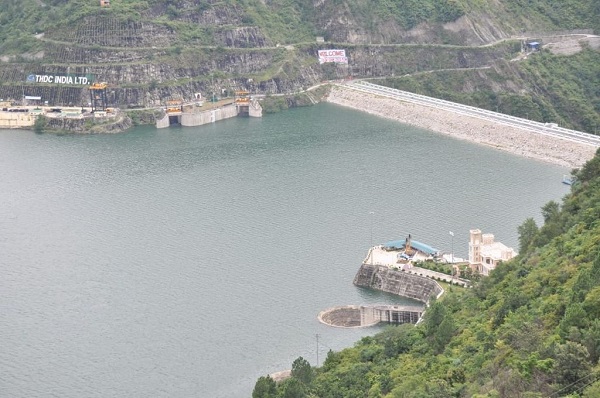New Delhi, (Asian independent) Thanks to the sustained rainfall well into January this year, the overall water storage position of 140 large reservoirs across India on Friday is better than the corresponding period of last year in the country as a whole and it is also better than the average storage of last 10 years during the corresponding period.
The live storage available in these reservoirs is 72.902 billion cubic metres (BCM), which is 41 per cent of total live storage capacity of 175.957 BCM of these reservoirs, official data released by Central Water Commission (CWC) showed.
The last year’s live storage for the corresponding period was 66.481 BCM and the average of last 10 years’ live storage was 55.717 BCM; which means, the live storage is 110 per cent of the corresponding period of last year and 131 per cent of storage of average of last 10 years.
There are a total of seven reservoirs (out of total 140) that have current storage as less than 50 per cent of average of last 10 years. These include three (out of 17) from Gujarat; one (out of 16) from Karnataka; three (out of 10) in Odisha and one (out of five) in Rajasthan.
The 140 reservoirs are divided across northern, eastern, western, central and southern regions.
“Only in the western region, the storage during the current year is less than the storage of last year. However, it is better than the average storage of last 10 years during the corresponding period,” CWC officials said, adding: “For northern, eastern, central and southern region, the storage position is better than the corresponding period of last year and also better than the average storage of last 10 years during the corresponding period.”
There are nine reservoirs in the northern region comprising Himachal Pradesh, Punjab and Rajasthan that are monitored by the CWC. They have a total live storage capacity of 19.37 BCM.
The eastern region includes Jharkhand, Odisha, West Bengal, Tripura, Nagaland and Bihar with 21 reservoirs having total live storage capacity of 20.09 BCM.
The western region includes Gujarat and Maharashtra with maximum, 46, reservoirs under CWC monitoring having total live storage capacity of 36.41 BCM.
The central region includes Uttar Pradesh, Uttarakhand, Madhya Pradesh and Chhattisgarh with 25 reservoirs under CWC monitoring and total live storage capacity of 47.39 BCM.
The southern region comprises Andhra Pradesh, Telangana, two combined projects in both these states, Karnataka, Kerala and Tamil Nadu with 39 reservoirs under CWC monitoring and total live storage capacity of 52.70 BCM.
The data also shows that states having better storage (in terms of percentage) than last year for corresponding period include Himachal Pradesh, Punjab, Jharkhand, Odisha, West Bengal, Bihar, Maharashtra, Uttarakhand, Madhya Pradesh, Chhattisgarh, Telangana, Karnataka, Kerala, the two combined projects of Andhra Pradesh & Telangana and Tamil Nadu.
The states having lesser storage (in percentage terms) to last year for corresponding period include Rajasthan, Tripura, Nagaland, Gujarat, Uttar Pradesh and Andhra Pradesh.








